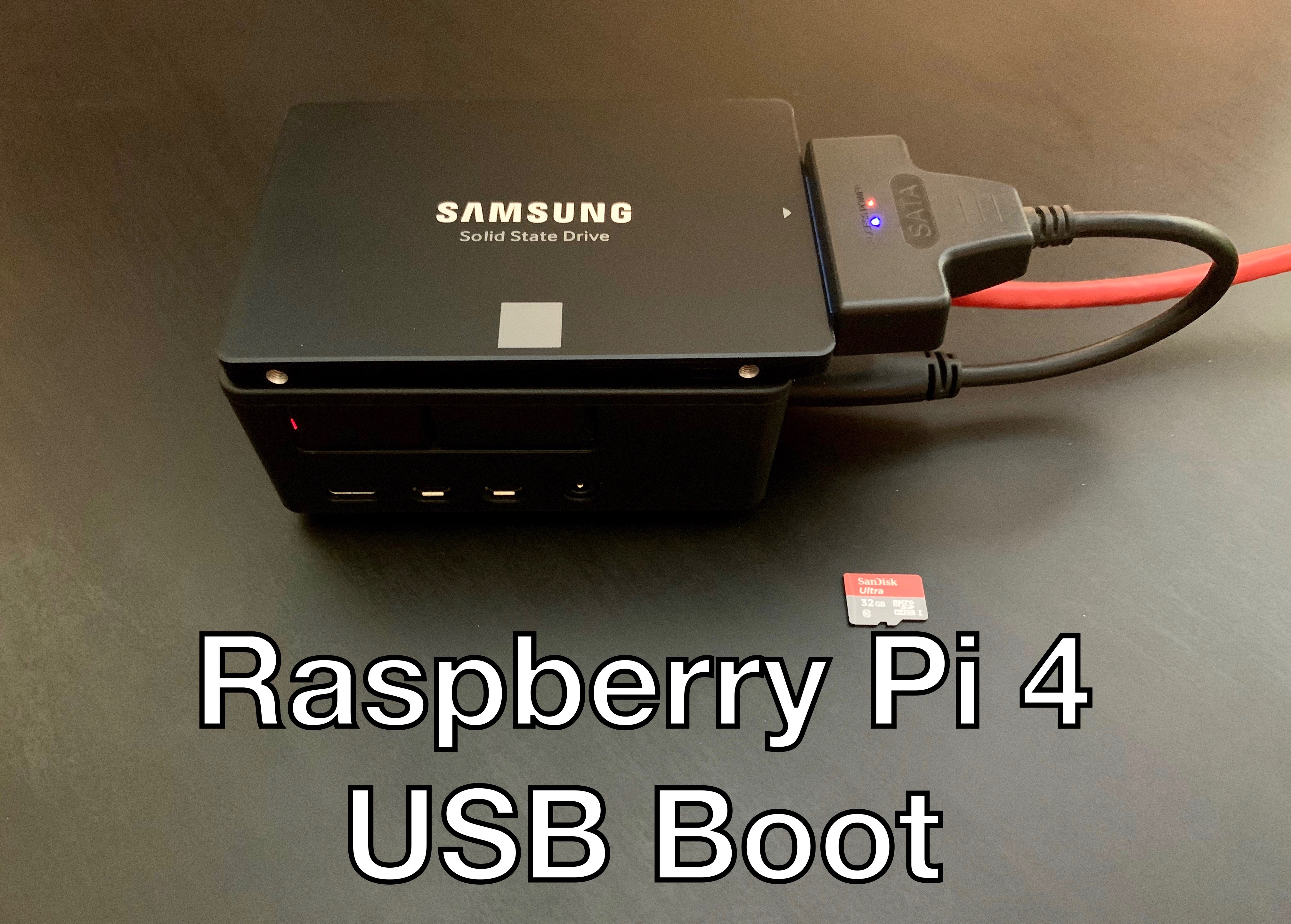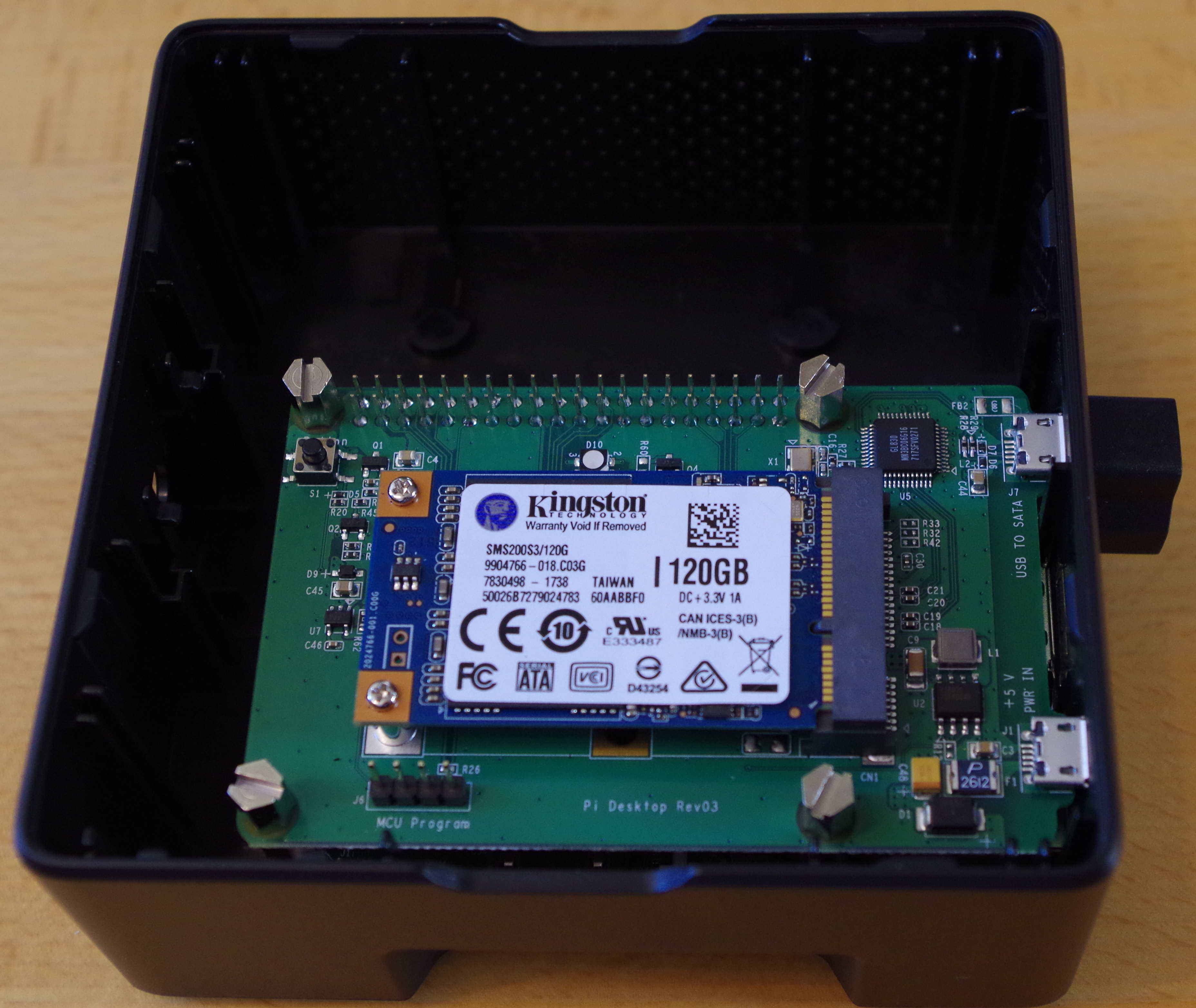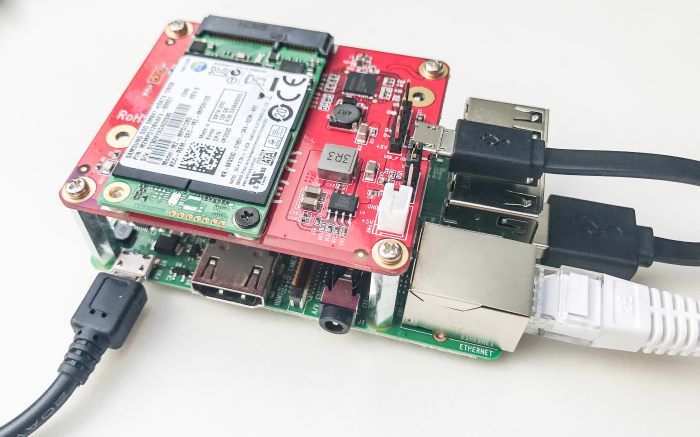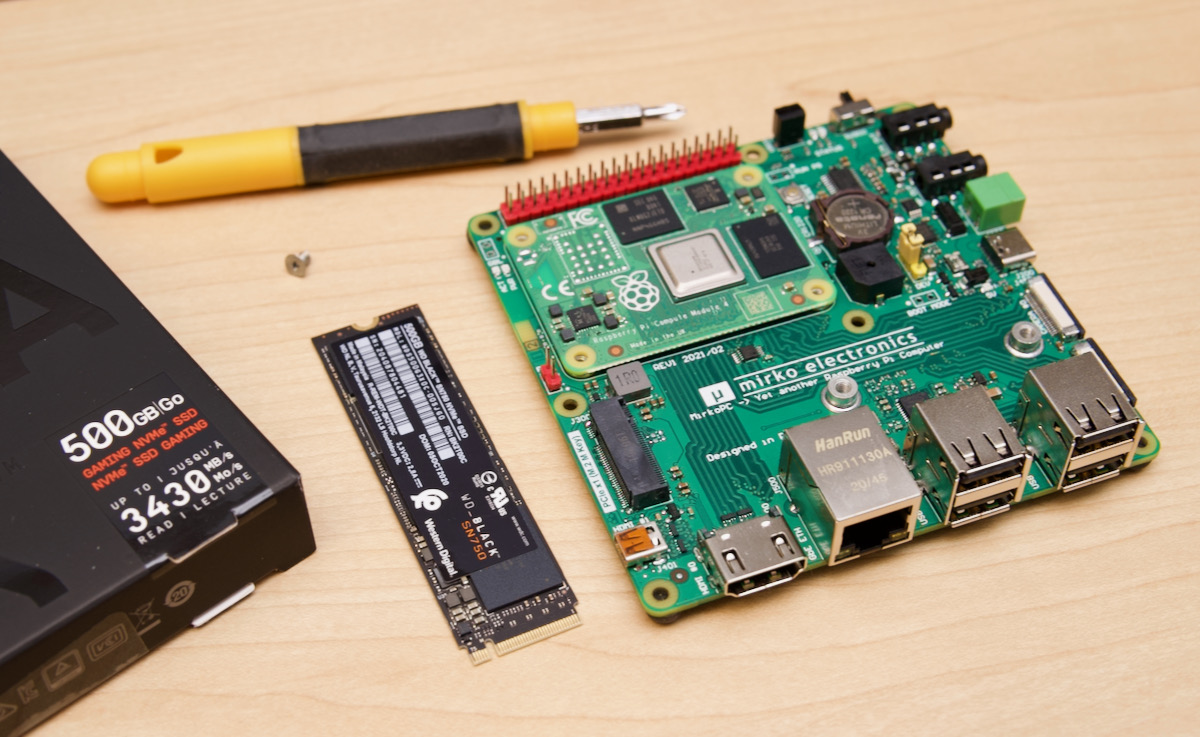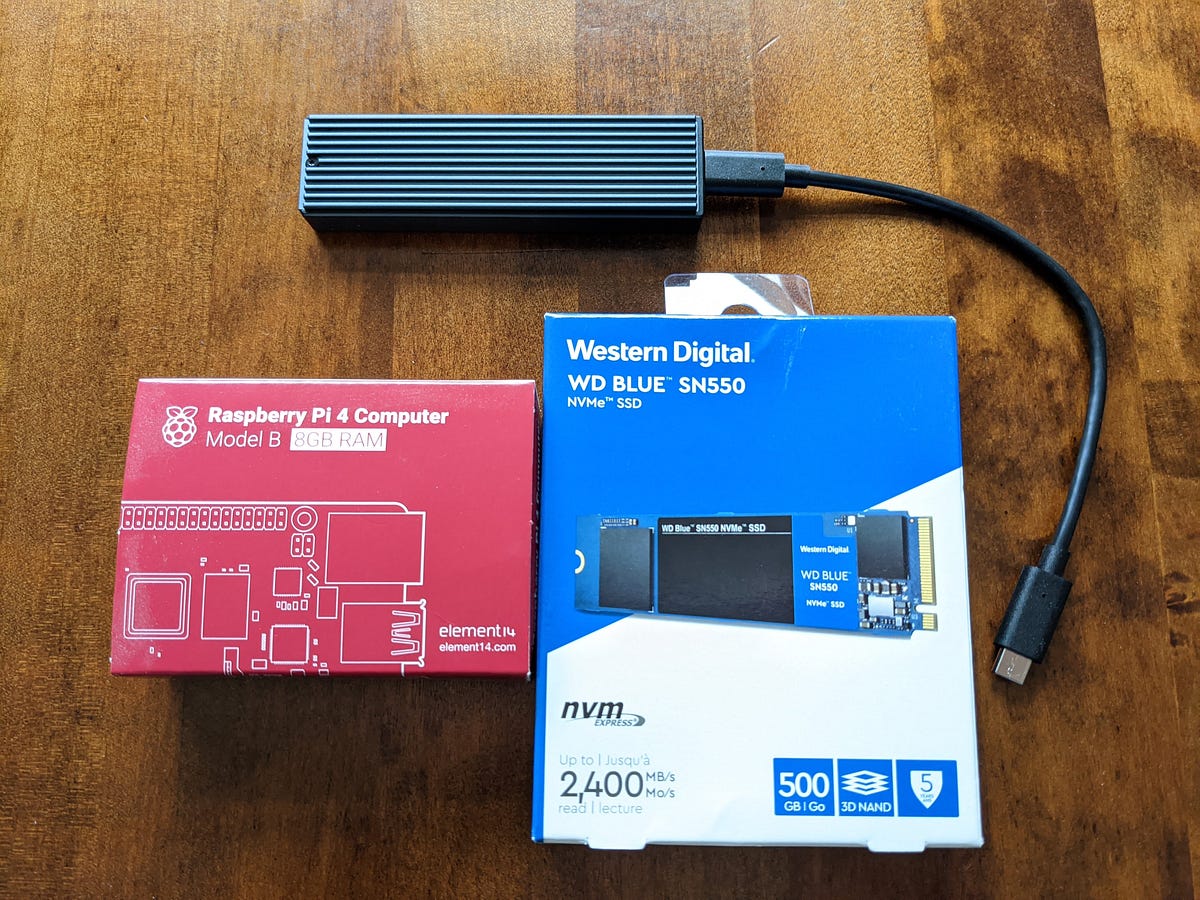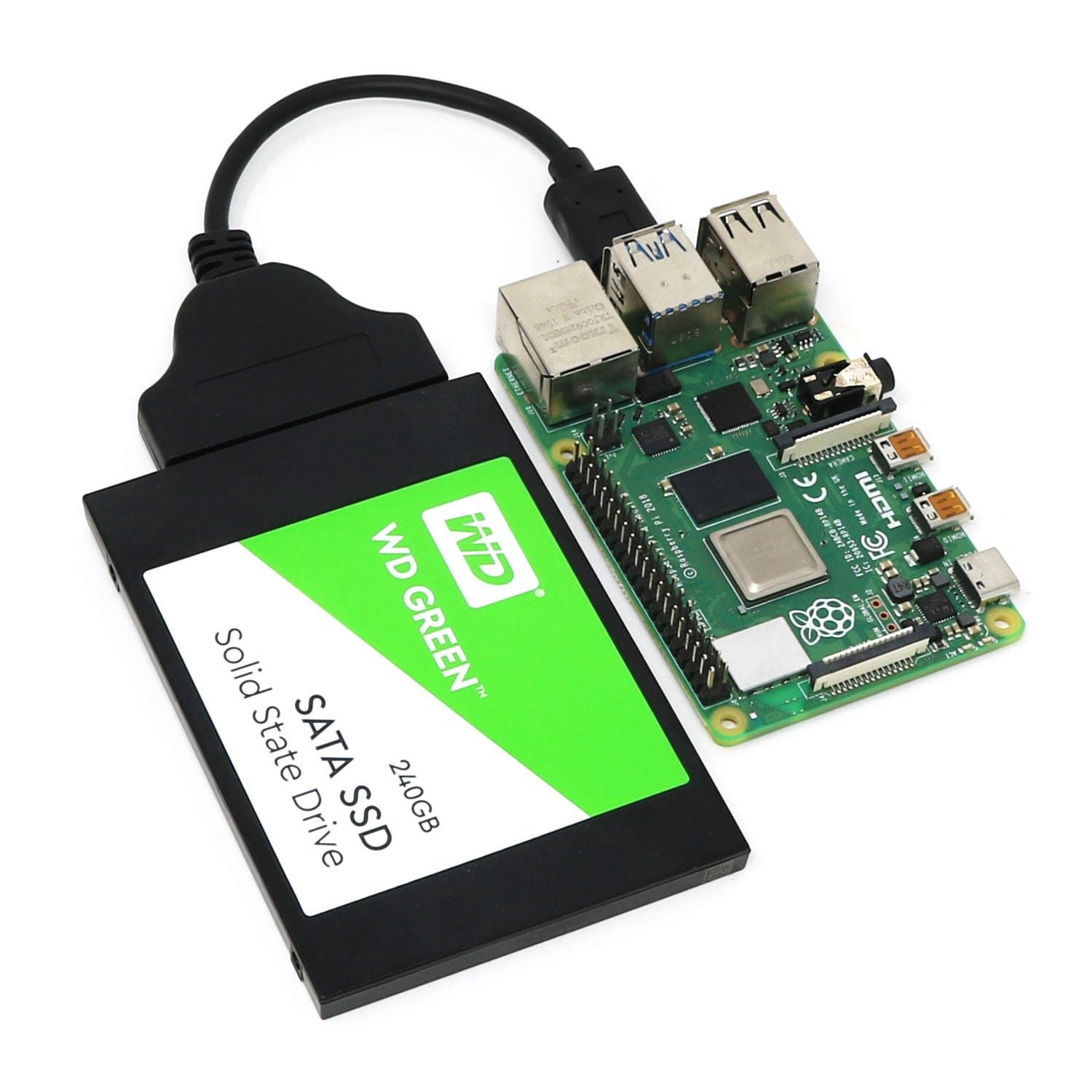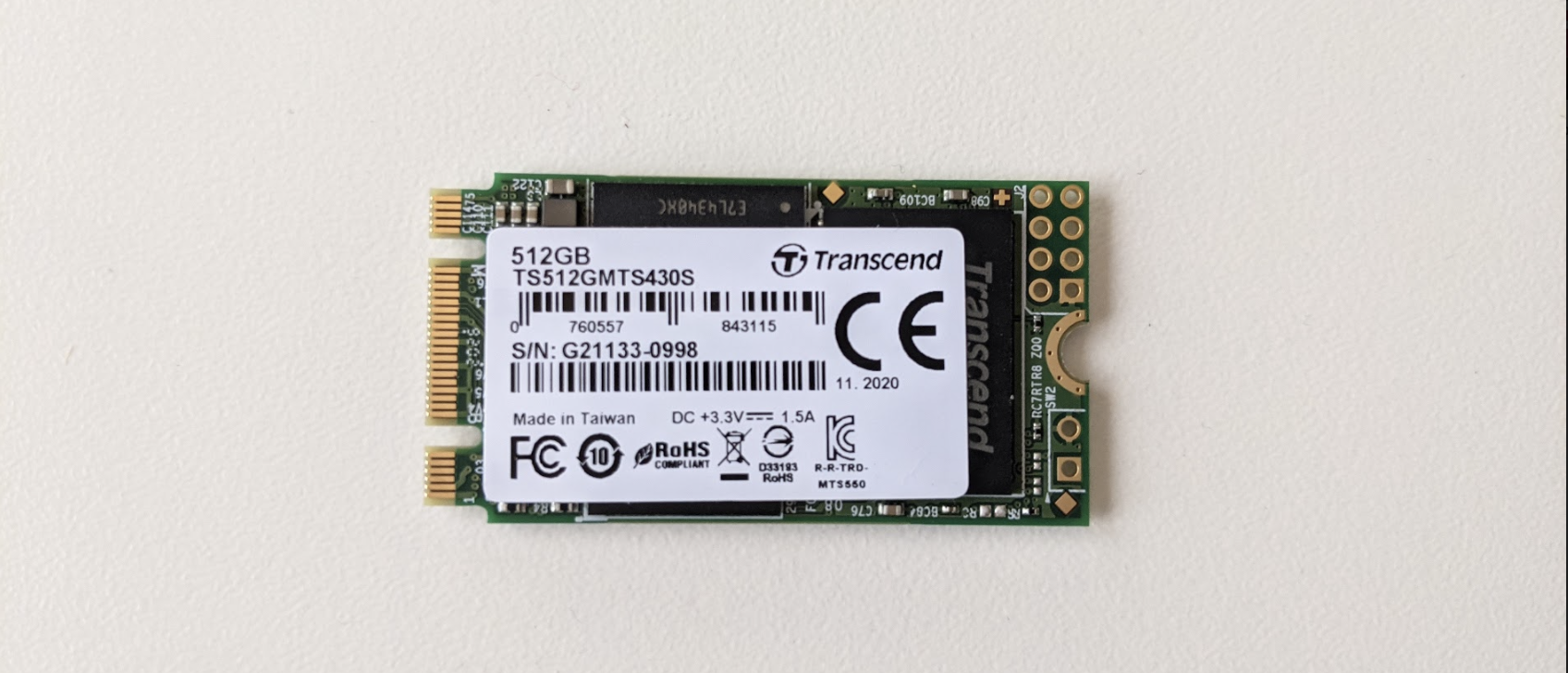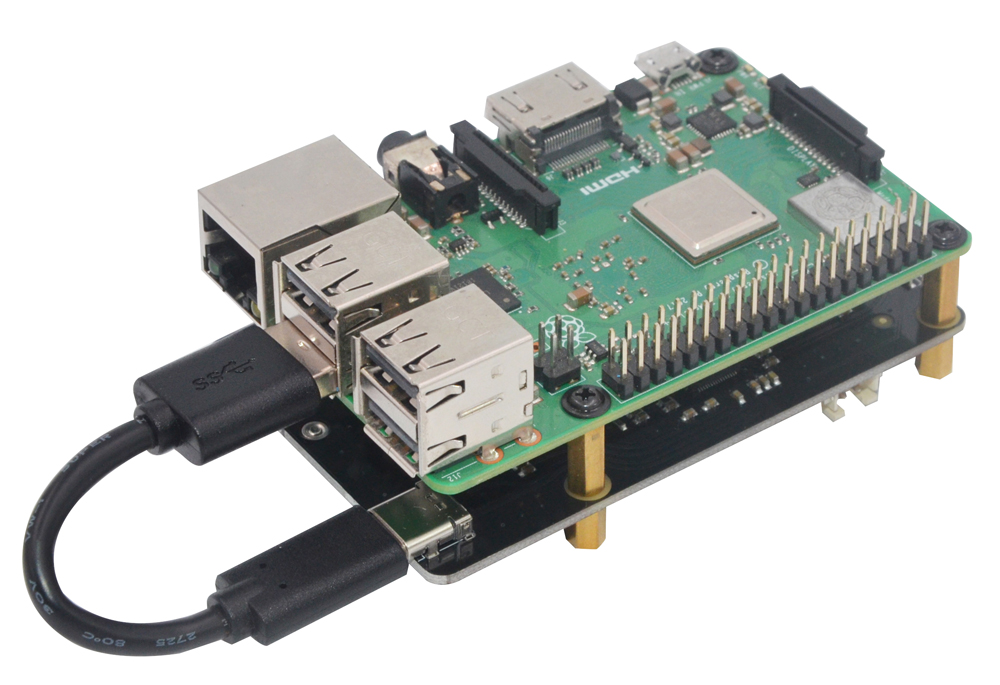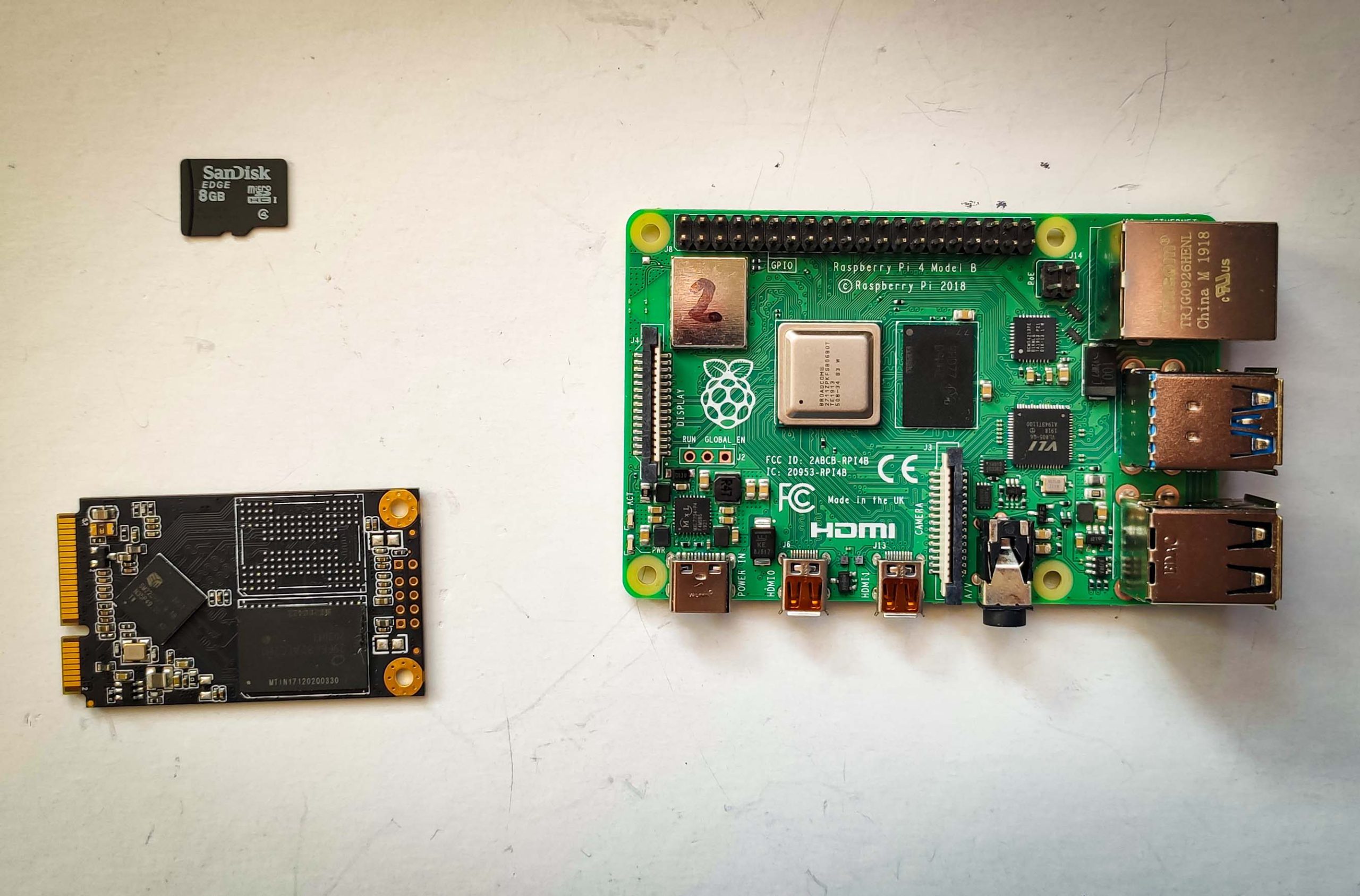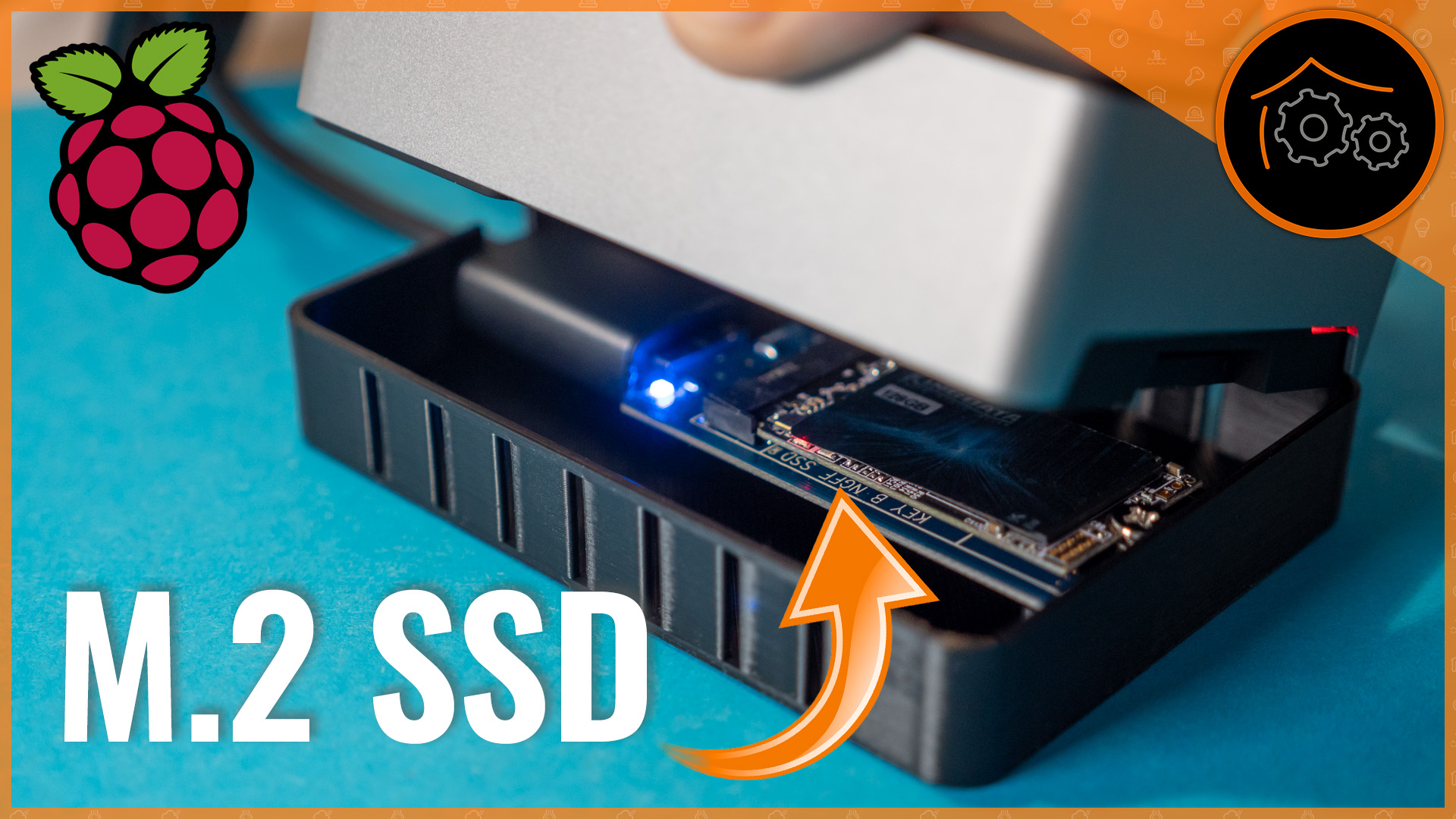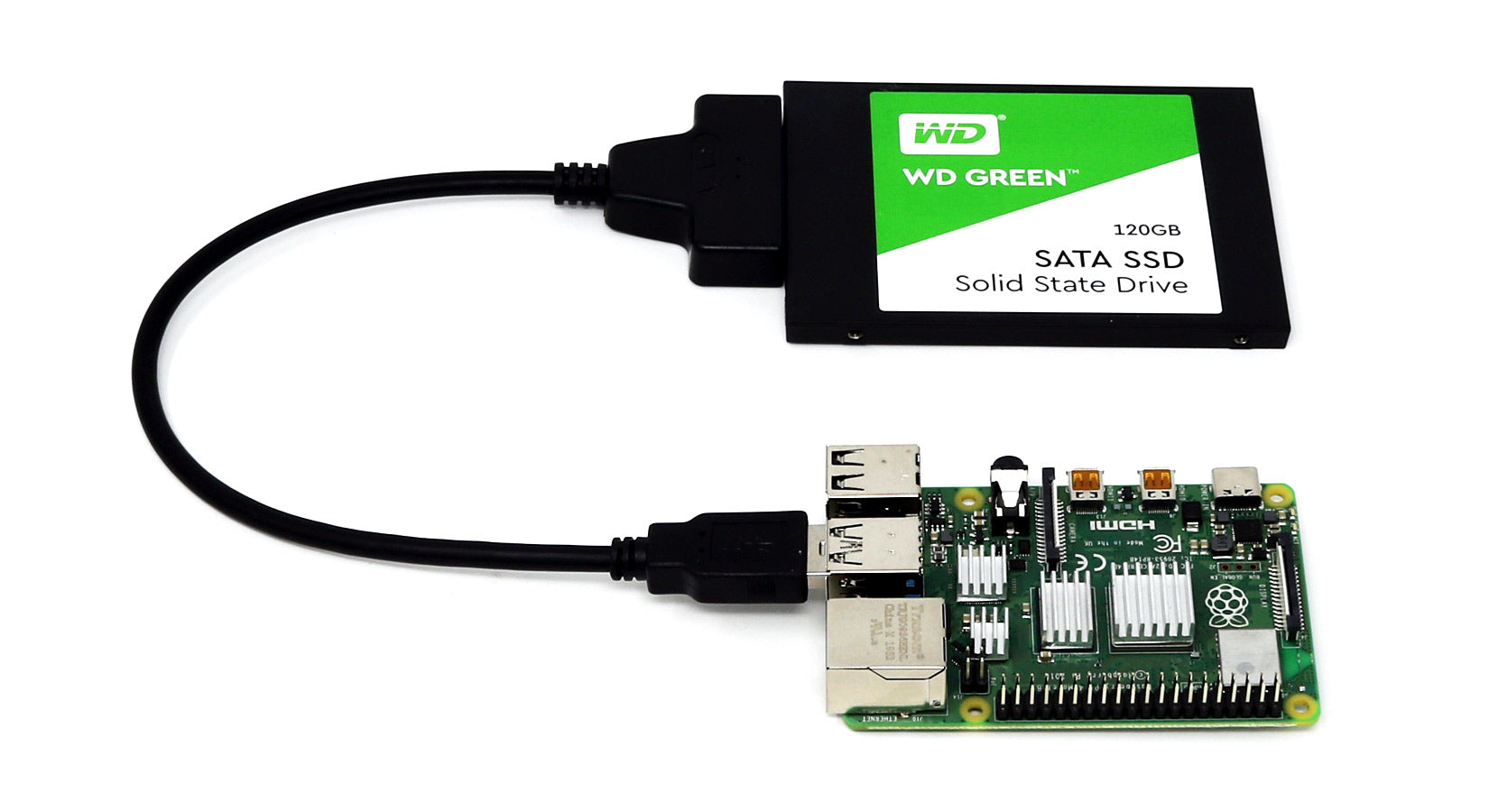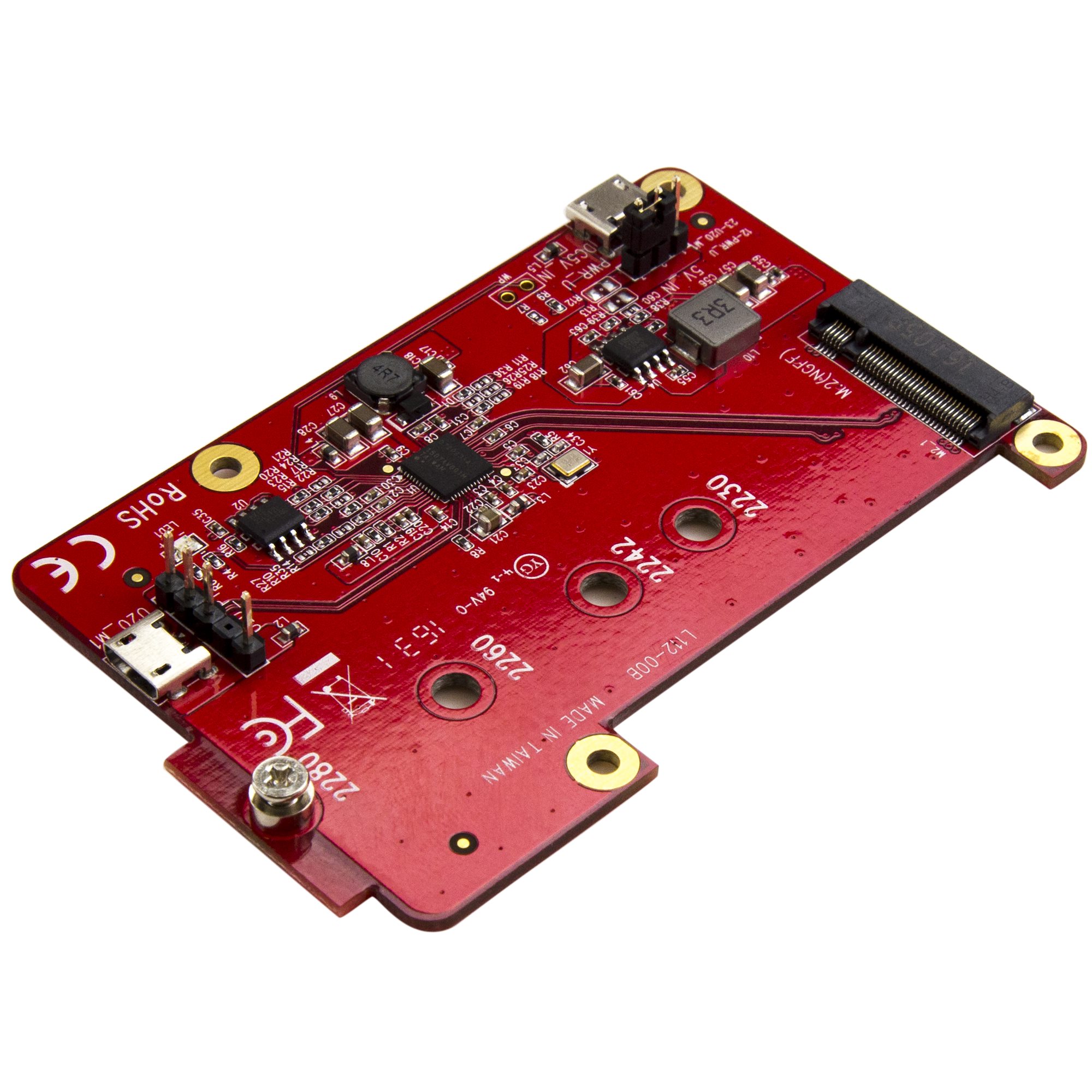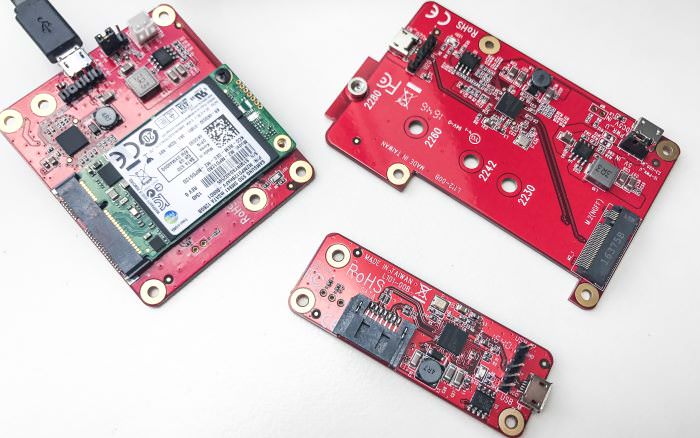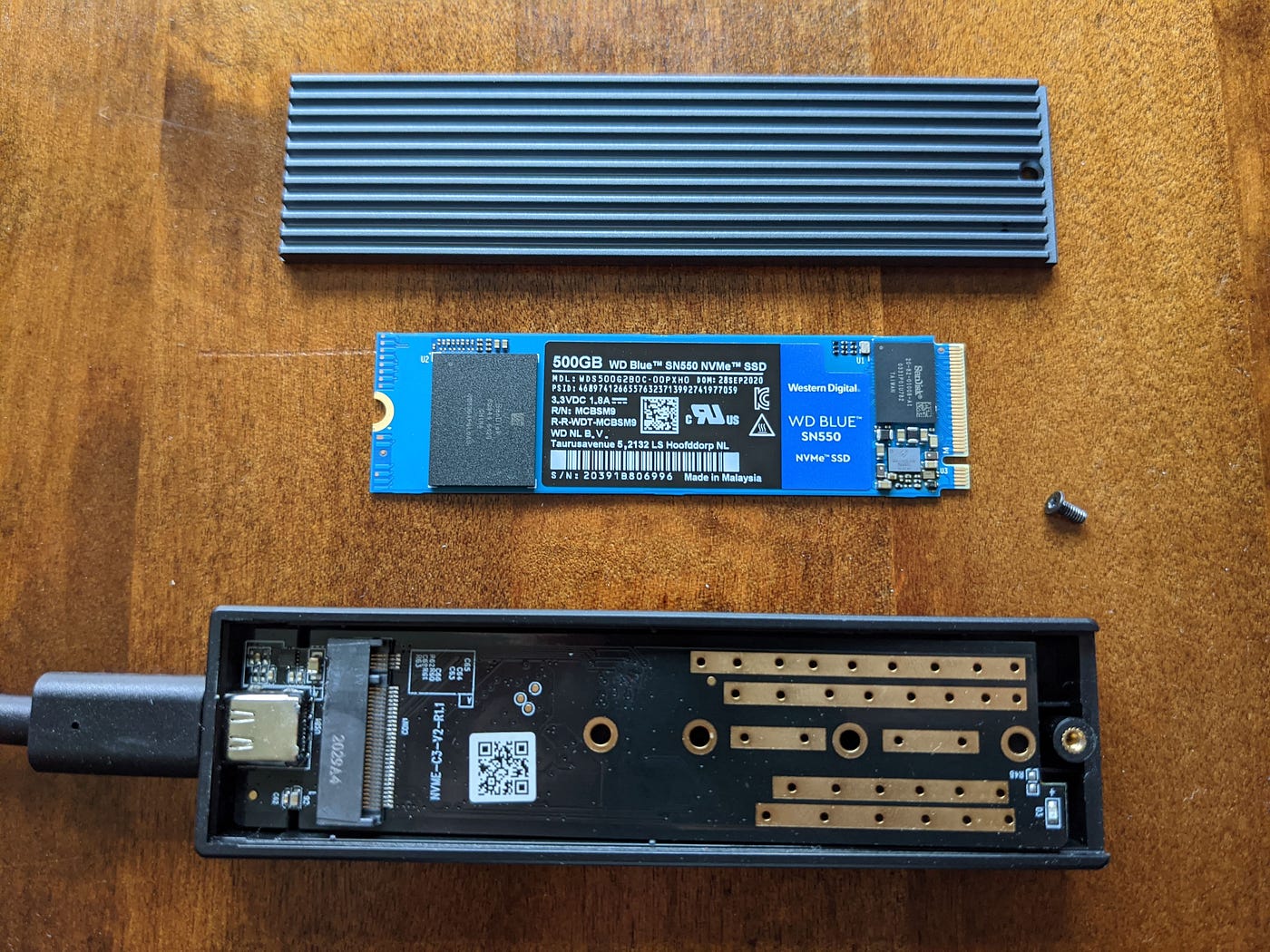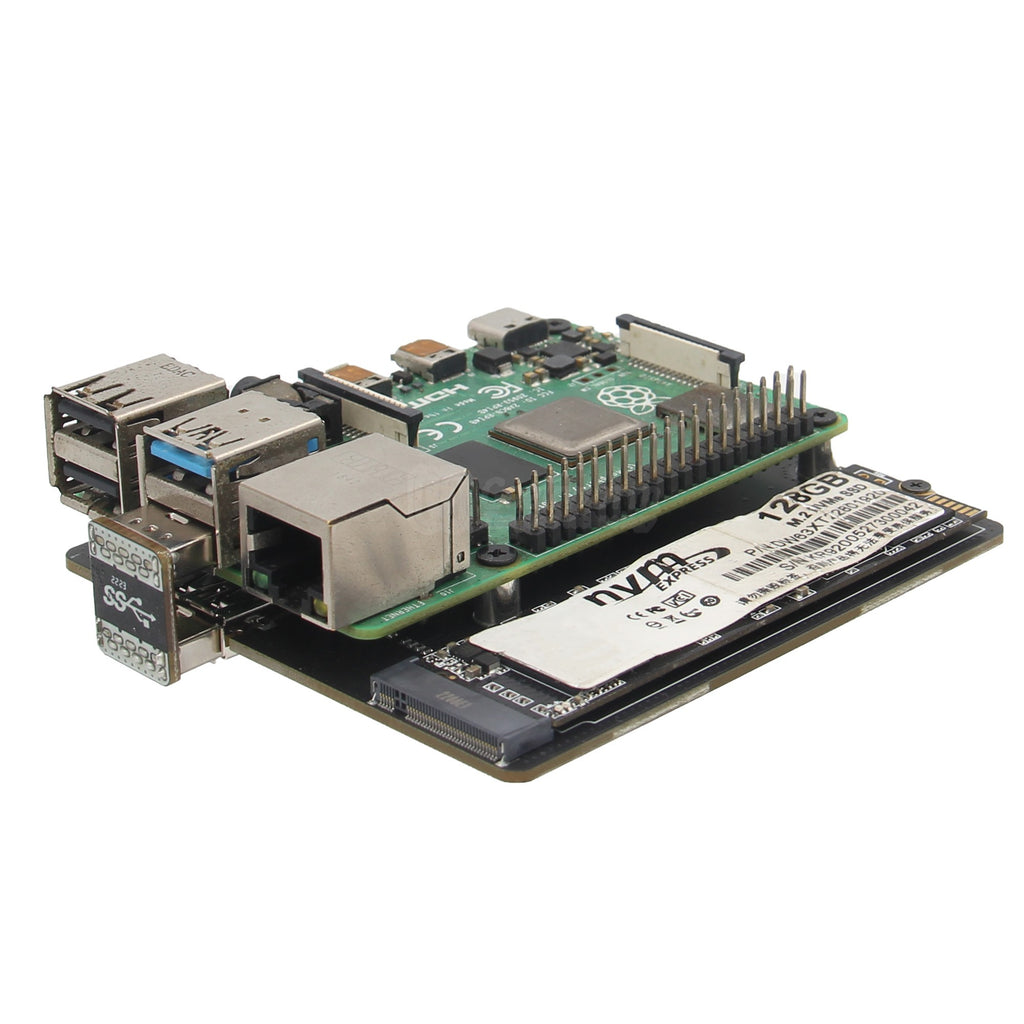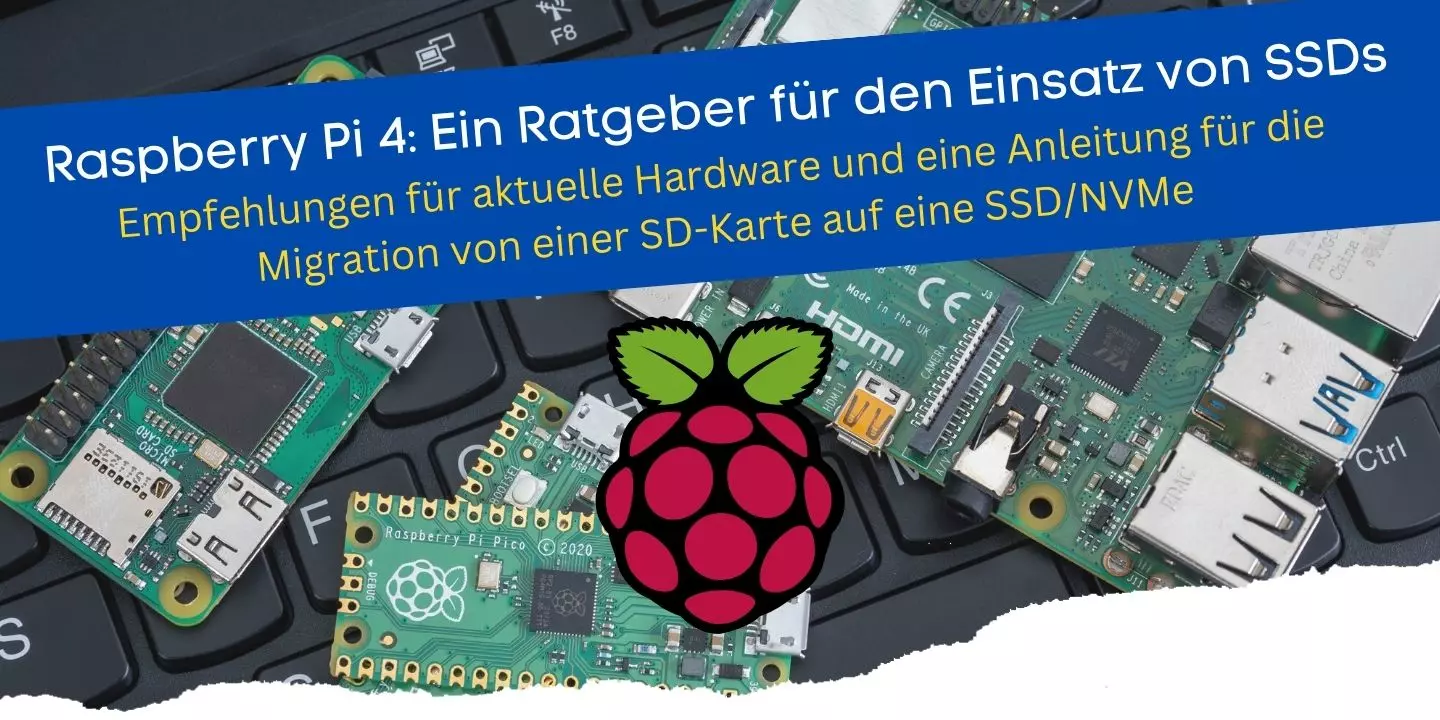
Amazon.com: GeeekPi Raspberry Pi Mini Tower NAS Kit, Raspberry Pi ICE Tower Cooler with PWM RGB Fan, M.2 SATA SSD Expansion Board, GPIO 1 to 2 Expansion Board, 18W QC3.0 Power Supply
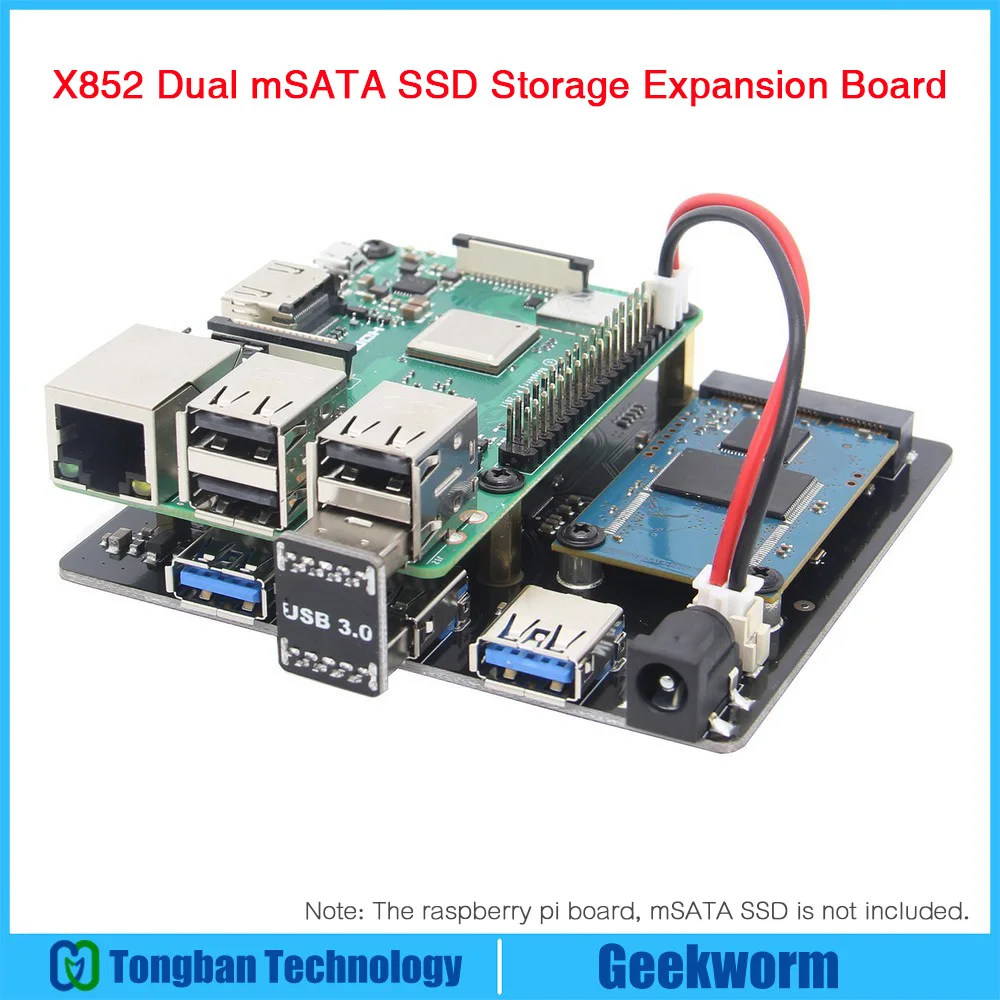
Raspberry Pi X852 Dual Msata Ssd Storage Expansion Board For Raspberry Pi 3 B+ / 3b / Rock64 - Demo Board - AliExpress

Amazon.com: Geekworm for Raspberry Pi 4 NVME HAT, X876 V1.1 NVME M.2 SSD Storage Expansion Board UASP Supported Compatible with Raspberry Pi 4 Model B Only Support Key-M 2280 SSD : Electronics

Amazon.com: UCTRONICS for Raspberry Pi SSD Case, Supports 2 Units of 2.5” SSD and Pi 4, 3B/3B+ and Other B Models : Electronics

